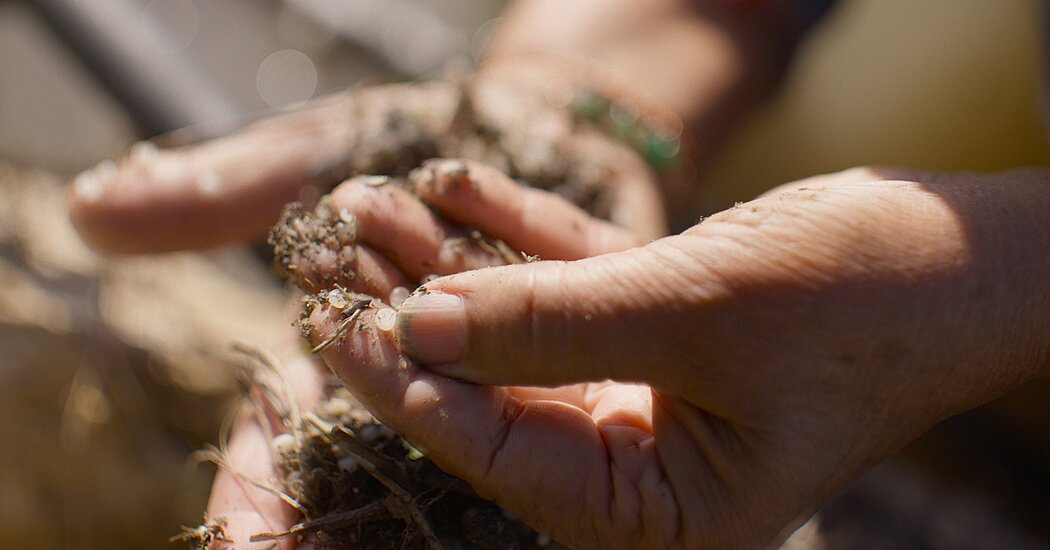At SXSW, a documentary traces the arc of plastics in our lives, and highlights evolving research of the potential harm of its presence in our bodies.
It’s been more than five decades since Dustin Hoffman’s character in “The Graduate” was offered a kernel of wisdom about the path to prosperity.
“Plastics,” he’s told by Mr. McGuire, the starched corporate executive who offers the advice. “There’s a great future in plastics.”
Plastics have indeed been a game changer for humanity, and the enormous range of cheap, durable plastic goods, from food containers and PVC pipes to polyester clothing and single-use medical products, have inarguably improved life.
The problem, as nearly everyone knows, is that plastics are forever and very little of it has been recycled. The U.N. has estimated that most of the 400 million metric tons churned out annually — a doubling of production since 2000 — will remain on Earth in some form as they are broken down into teeny specks by sunlight, wind and the sea.
Roughly 20 years ago, Richard Thompson, a marine biologist, first discovered a worrisome accumulation of small plastic particles in ocean habitats and coined the word “microplastics.” Since then, scientists have been finding these fragments everywhere, from remote mountain peaks and the Arctic to the ocean seafloor.
In the decade that followed, scientists began to discover microplastics embedded in a wide range of living creatures, including in the seafood we eat. More recently, microplastics have been found inside the human body: in our lungs, our blood, our feces and in breast milk.
